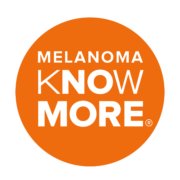The key to treating melanoma is recognizing it early using the ABCDE method of detection. In addition to monthly self-exams, get a yearly body check from a dermatologist.
The ABCDE system may help you remember features that might be a symptom of a melanoma location.

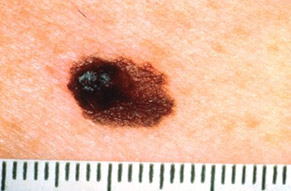
A Is for Asymmetry
One half of the abnormal area is different from the other half.

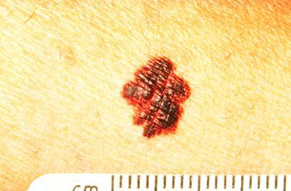
B Is for Border
The lesion or growth has irregular edges.

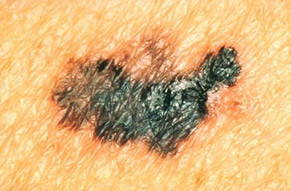
C Is for Color
Color is varied from one area to another, with shades of tan, brown, or black (sometimes white, red, or blue). A mixture of colors may appear within one lesion.

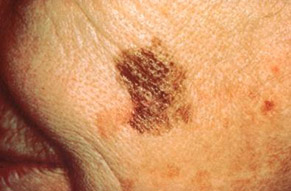
D Is for Diameter
The trouble spot is usually (but not always) larger than 6 mm in diameter – about the size of a pencil eraser.
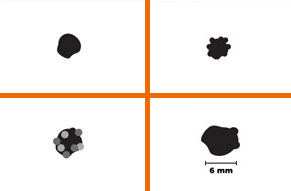
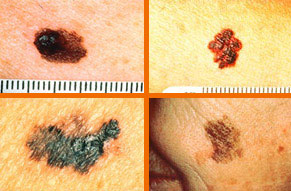
E Is for Evolution
The skin lesion that looks different from the rest is changing its size, shape or color.
If you are facing a delay in seeing a Dermatologist:
Schedule an appointment at a Melanoma Know More FREE Skin Cancer Screening Clinic.
Tell the receptionist at your dermatologist’s office that you are concerned about possible melanoma and that you need to be seen quickly.
Know that general and plastic surgeons are also trained in safe removal of moles and early melanomas.
Contact your local hospital’s dermatology departments directly or the American Academy of Dermatology (888-462-3376) for information.
